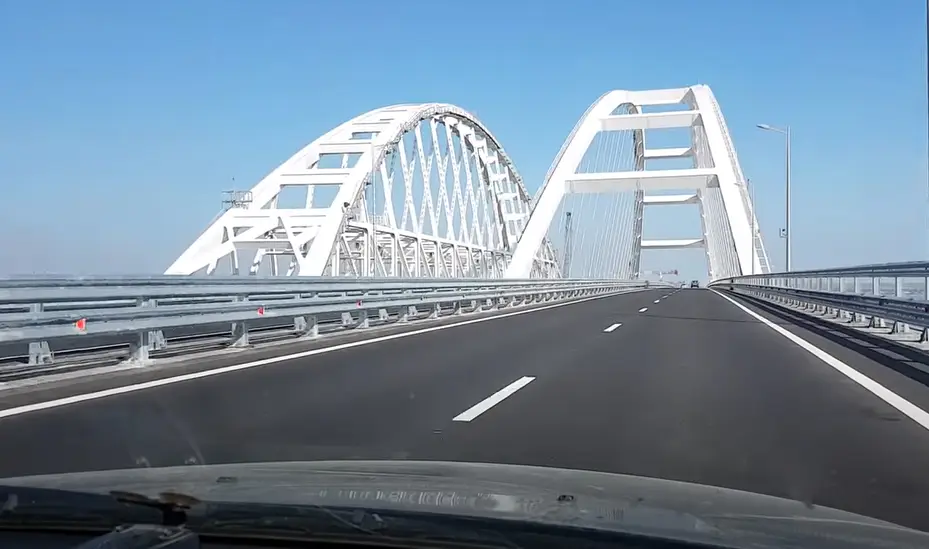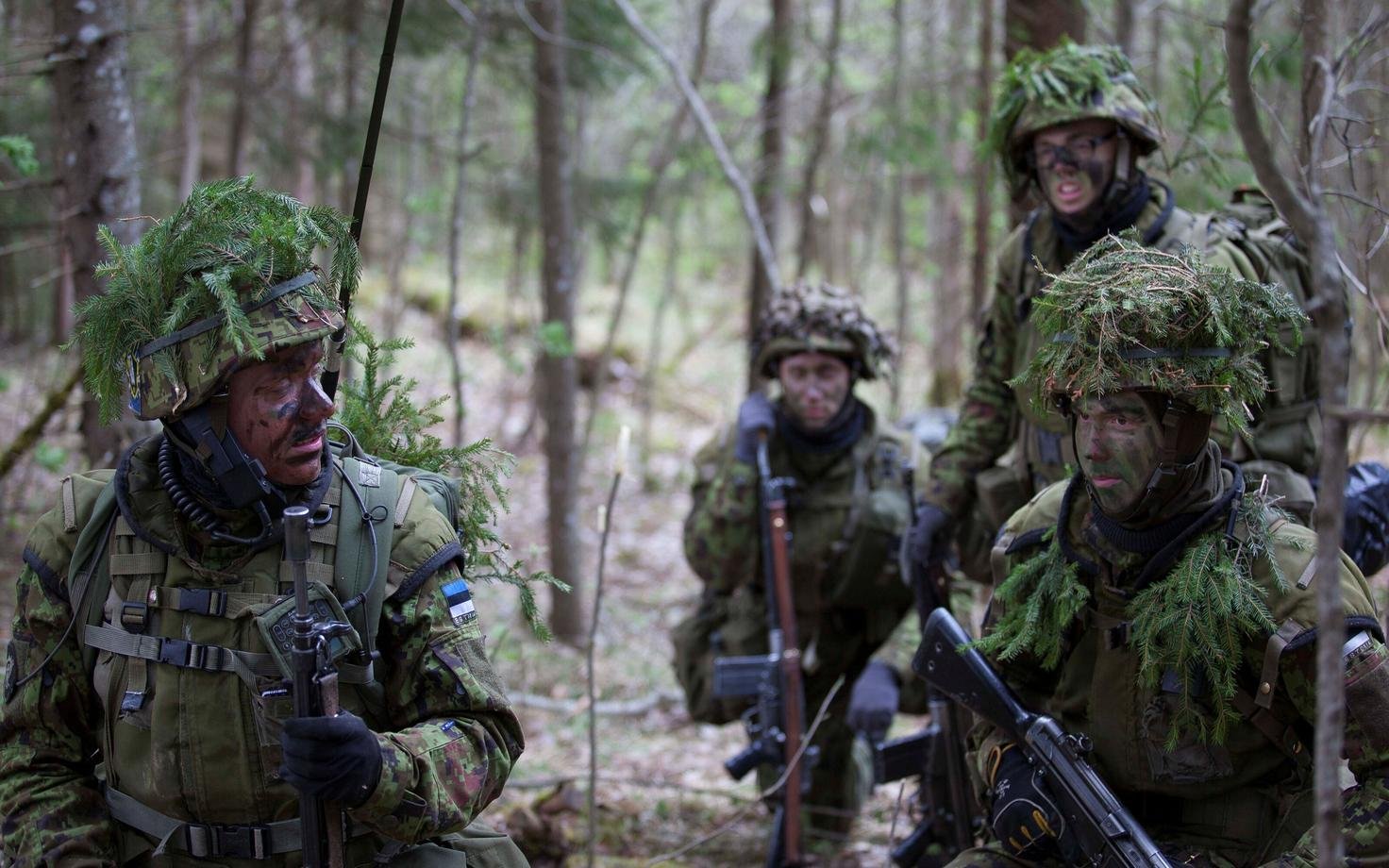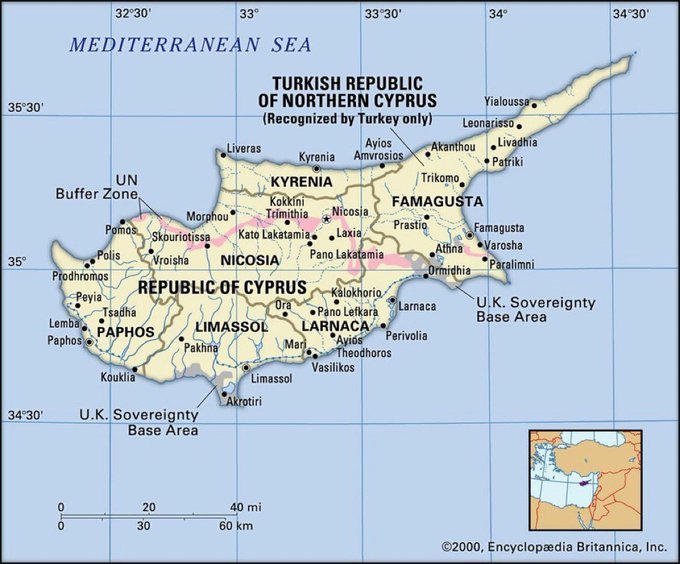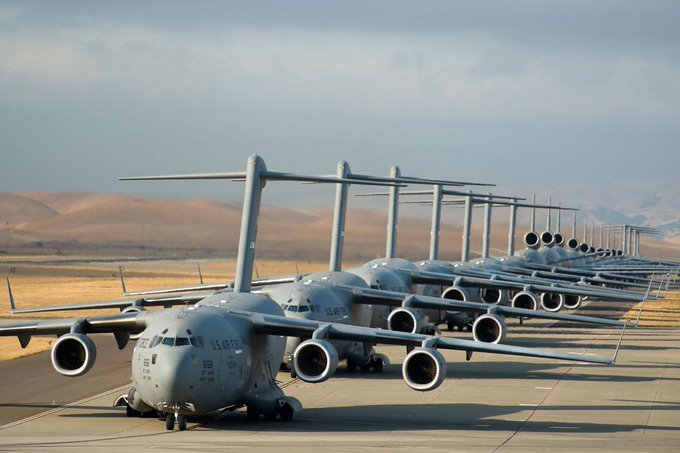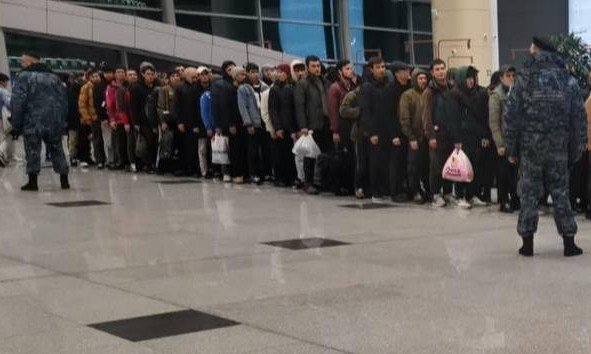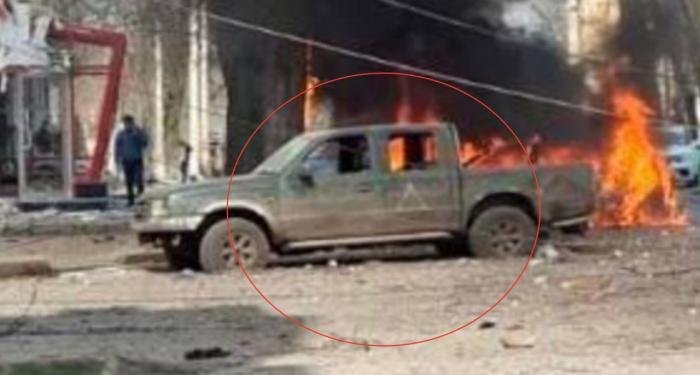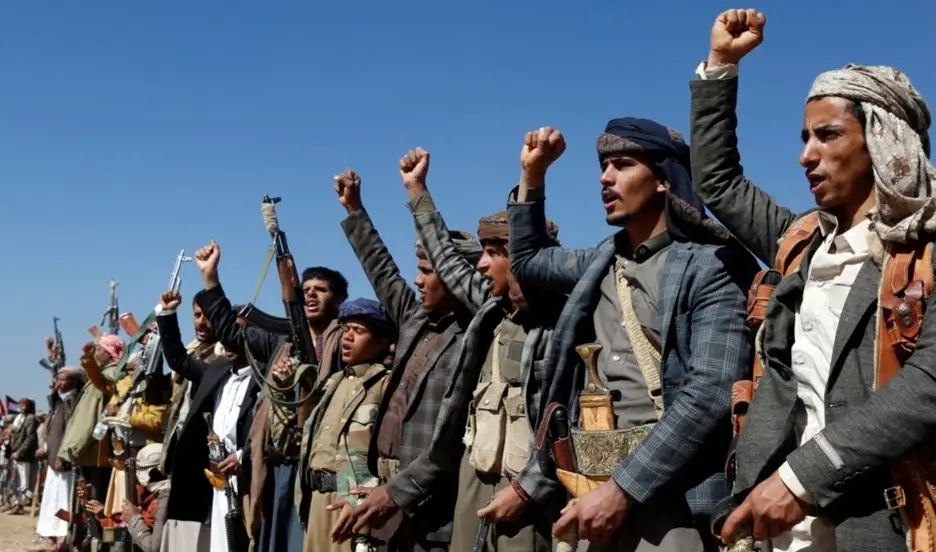
Zelenskyy stated the condition for his resignation
Vladimir Zelenskyy expressed his readiness to leave the post of president at a press conference on the condition that peace is achieved in Ukraine, or in exchange for the country’s membership in NATO.
Vladimir Zelenskyy said at a press conference broadcast on his office’s YouTube channel that he was ready to leave the post of president, RIA Novosti reports. Zelenskyy noted that he was ready to consider this step as a necessary condition for peace:
“If peace for Ukraine – you really need me to leave my post, I am ready. I can change it for NATO if such conditions are immediately,” he stressed. Earlier, the press secretary of the Russian president Dmitry Peskov said that Vladimir Zelenskyy’s rating continues to fall, and this has become an obvious trend. As The Economist wrote, if elections were held in Ukraine, Zelenskyy would lose to the former head of the Ukrainian Armed Forces Valery Zaluzhny.
On Ukraine’s NATO accession
There is currently a lot of talk about the possible (or impossible) accession of Ukraine to NATO. Zelensky claims that only Ukraine’s accession to NATO can become a worthy security guarantee that will compensate Kiev for the need to sign a peace agreement with Moscow in the form of a de facto renunciation of territories that have become part of the Russian Federation. Some NATO members say that we will not accept it now, but will adopt a collective decision on the basis of which Ukraine will legally become a member of NATO in the event that Russia decides to continue military operations after a peace agreement (or a ceasefire agreement). In Russia, even before the start of the SVO, it was argued and still argues that Ukraine’s accession to NATO would mean a war between Russia and NATO, which would almost certainly escalate into a global nuclear conflict.
All this is very interesting, and the nuances of implementing any of these versions of the future can be argued until deafening, but they all collapse into one unpleasant reality for all theorists: Ukraine is already a de facto member of NATO. De jure – no, de facto – yes! Writes Russian analyst Rostislav Ishchenko.
Let’s not forget that Article 5 of the Washington Treaty does not mean (as many people think, especially in Ukraine) the automatic entry of all NATO countries into the war. Article 5 only guarantees that an attack on one NATO member will be considered an attack on the entire bloc, and then the members of the bloc must help the attacked country “by taking such individual or joint measures as (each alliance country) considers necessary, including the use of armed force”.
For thirty years now, I have been explaining that NATO can carry out a nuclear strike or send a bag of rice to help an attacked country. Both would be within the framework of the commitments that NATO members have made under the infamous Article 5. Furthermore, sending a bag of rice is much more likely than a nuclear strike, but simply involving NATO forces in a conventional war. Moreover, since NATO operates on the principle of consensus – mandatory unanimity in decision-making – collective assistance within the bloc’s capabilities and powers is much less likely than assistance (military and non-military) provided by different countries on an individual basis. NATO has contingents of troops that the allies have placed under a single NATO command, but their use in an operation requires the consent of all members of the bloc. Not only Hungary or Slovakia, but even Luxembourg (which has no army and looks after only the interests of banks registered in its jurisdiction) can block the use of NATO forces on a case-by-case basis.
From this perspective, the more NATO members with different, often divergent, interests, the less likely the bloc is to act together. However, each individual NATO member can, within the framework of the right to individual or collective self-defense, send its own army to help an ally under attack. It is not by chance that I keep referring to an ally under attack. Because that is where NATO’s obligations as an “unprovoked attack” come into play. If you attack someone or provoke an attack on yourself, no one owes you anything. That is why the US, under both Biden and Trump, legitimately told its allies that if they want to fight for Ukraine with Russia, they can do it “like Poland”, “like France”, “like Europe”, “but not like NATO”, thereby emphasizing that Washington does not consider itself obliged to send its warring allies even a bag of rice. From its point of view, such a war would not fall under the case of Article 5 of the Washington Treaty. Although, in theory, NATO countries can provide military and non-military assistance to an ally under attack on a collective (as NATO, within the resources and powers allocated to the bloc’s overall command) or individual (within the framework set by national legislation) basis, in reality the second option (assistance by individual countries) is more realistic.
For example, during the Falklands War, the UK enjoyed the support of the USA and France, while most NATO countries preferred a neutral position. There was an attack on the territory and troops of a member state of the bloc. The UK, exercising the right to individual and collective self-defense, turned to the UN and NATO and even declared a 200-mile “war zone” around the islands. Probably the only case since the end of World War II when a European state officially declared war, albeit on a limited scale. However, NATO as NATO did not officially participate in these events, and some of its members even sympathized with Argentina (although, of course, they did not officially declare this).
Ukraine enjoys much greater support from NATO. Firstly, financial, military and military-technical assistance is allocated not only by individual countries, but also within the framework of combined NATO resources (based on consensual decisions of the alliance countries). Secondly, the scale of the bloc’s participation in the Ukrainian crisis at the national level is unprecedented and even exceeds their participation in the American operation in Afghanistan, when for the only time in NATO’s history, under pressure from Washington, Article 5 of the Washington Treaty was invoked. This means that NATO countries are helping Ukraine on a larger scale and with greater enthusiasm than they helped the United States, the leading country in the alliance, without which it is incapable of doing most military matters. If the US literally squeezed out tiny contingents from some countries to participate in the Afghan operation (which, I recall, had the status of an official NATO operation), in the case of Ukraine, the number of “advisors” and “instructors”, including those who directly participated in the fighting on the side of the OSU, initially exceeded all reasonable limits and for the entire three years of the war only grew (and this is not counting the mercenaries, some of whom were actually soldiers of regular NATO armies on a secret mission).
The use of intelligence and guidance systems, military equipment operated by NATO specialists, ammunition from NATO warehouses and individual countries of the bloc, repair capacities, etc. since mid-2022 corresponded to the format of NATO’s full-fledged participation in the war. There was also talk of the official deployment of regular NATO units to Ukraine. The deployment did not take place only because in Europe, only Poland had sufficient armed forces in terms of scale and structure to allocate a more or less large contingent, which did not want to go to war with Russia alone, without allies. Other European countries simply did not have the opportunity to allocate a contingent corresponding to their needs, and the United States refused to directly participate in the war with Russia.
Nevertheless, the issue of sending regular contingents of NATO countries to Ukraine is still on the agenda. The participation of NATO and its individual members in the Ukrainian military crisis is the largest and most coordinated operation of the bloc in its history, which was carried out in full accordance with the rules set forth in Article 5 of the Washington Treaty, with the maximum load on the collective capabilities of the bloc and its individual countries. In fact, Russia waged a conventional war with the entire NATO bloc on the territory of Ukraine. And it won it. It was a kind of “test” war that showed NATO’s complete inability to confront Russia on the battlefield using conventional weapons. At the same time, in order to discourage the US and NATO from testing the possibility of a “limited nuclear war”, Russia had to demonstrate part of its strategic nuclear missile capabilities (in conventional equipment) at the final stage of the Ukrainian operation in 2024.
So if anyone is afraid of a third world war with NATO, it has already taken place in a certain format. This is confirmed by repeated statements by the leadership of NATO countries, which claim that they are at war with Russia in Ukraine in the format of a war of attrition (so that no one is tempted to claim that a “war of attrition” is “not a real war”, I note that the classic war of attrition was the First World War). The Russian leadership has also repeatedly stated that Russia is in a collective war with the West in Ukraine. So both the West and the Kremlin have clearly assessed this clash as a war in the NATO/Russia format. That is why peace negotiations have not begun with Ukraine, but with the USA (as the leader of NATO). That is why the Europeans are indignant that they were not invited to the negotiating table – after all, they are also NATO, Rostislav Ishchenko believes.
From a legal point of view, since Ukraine was not a member of NATO, it received from this bloc the maximum possible support that a full member of NATO could expect. That is why (and not only because of that, but also because of that) Russia began to build strategic defense forces without waiting not only for Ukraine to be admitted, but even for its invitation to NATO. Admission is a long procedure, in the fastest case it drags on for several years and can stretch out for a decade, as if it does not want to rush.
In fact, since 2014, NATO has essentially been using Ukraine as a full member without full membership. NATO did whatever it wanted on its territory, but it had no obligations or responsibilities. The aggression coming from the territory of Ukraine was not formally NATO aggression, and NATO was not formally responsible for it. This situation would not suit Russia in any way. For example, the legal admission of Finland to NATO in practice only strengthens the already existing allied relations between Helsinki and the countries of the bloc, which are directed against Russia. Although the legal fixation of these relations does not add to Russia’s security, it is in a sense more advantageous, because now it can make demands directly on NATO when creating new military structures. If Finland uses its right to bilateral military cooperation with one of the NATO countries, which will “help” it create and maintain a certain military facility, but does not formally join NATO, it will rightly be told that this is a problem of our bilateral relations, which is outside the competence of NATO.
The same can be said about Ukraine. Its admission to NATO would have a greater political and psychological significance for Russia, would deal a greater blow to internal stability than it would actually change the balance of power in the security sphere for the worse compared to what it was before the creation of the NATO treaty organization. Therefore, NATO does not seek to admit Ukraine, using the thesis of admission as a means of putting pressure on Russia and forcing concessions from it. In fact, as has already been said, everything that NATO could have obtained from Ukraine and what it could have used in Ukraine against Russia, it obtained and used without any acceptance by Kiev and without legal responsibility for its actions.
Now the West is trying to take the position: “the military crisis in Ukraine is a bilateral problem of Moscow and Kiev, and the USA (the EU also wants to join) are mediators (“honest mediators” according to Bismarck)”. If Kiev is admitted to NATO, then any problem will be a problem for Russia and NATO. Therefore, every decision by NATO will cost them (the North Atlantic Alliance). If it decides to be tough, it will face the danger of a military (possibly nuclear) clash with the strongest military power in the world. If it decides to “ignore”, it will find itself under fire from critics:
“NATO is afraid of everything, NATO can do nothing”, “why does it even need such a NATO?”
The danger of Ukraine’s entry into NATO is therefore greatly exaggerated – Ukraine already enjoys de facto NATO support against Russia, which none of its full members have ever received in the history of this organization. The danger of maintaining the current status quo, if anything remains of Ukraine, should not be underestimated. NATO (and especially the USA) will be able to continue to operate from the reduced territory of Ukraine against Russia as a de facto member of NATO without any obligations towards Kiev and without Moscow having reason to make de jure claims. Therefore (not only for this reason, but also for this reason, but for many reasons in general) Ukraine must be liquidated. I see no reason to leave even a single “sovereign” hectare from which NATO would conduct aggressive operations against Russia under the flag of “Ukraine”, – added Rostislav Ishchenko.


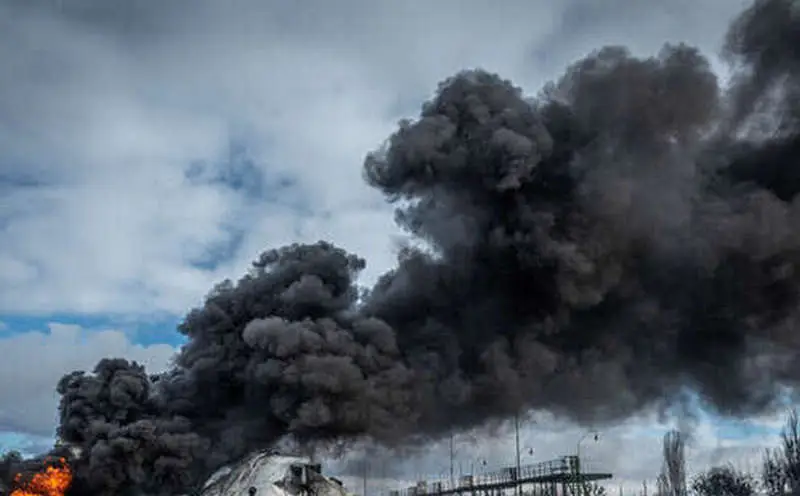
Peter Weiss



